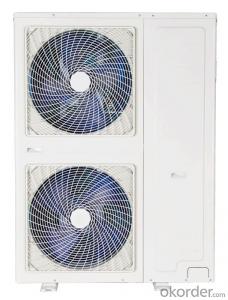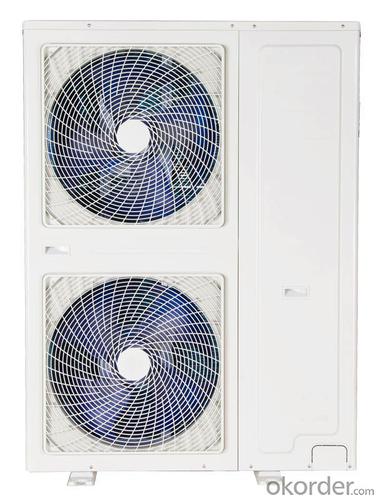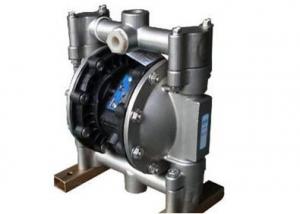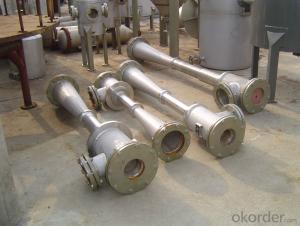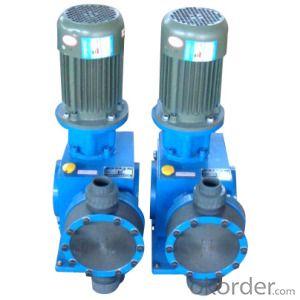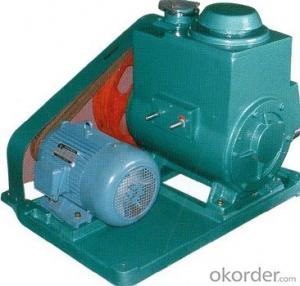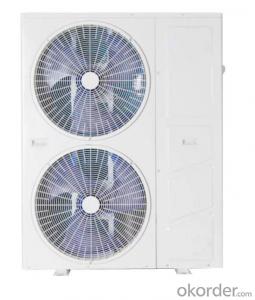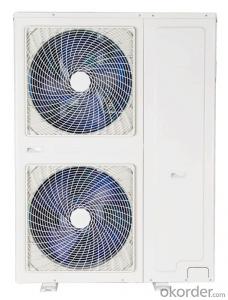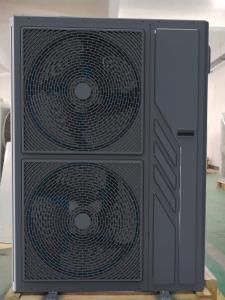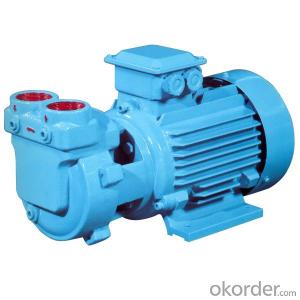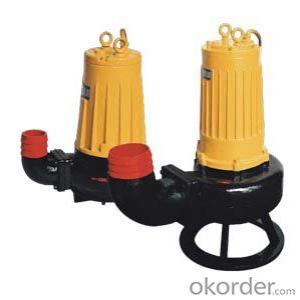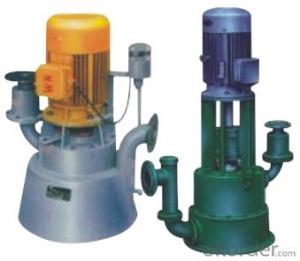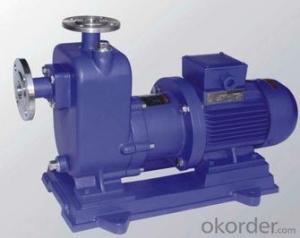Ultra-low temperature air energy heat pump 6P
- Loading Port:
- XINGANG
- Payment Terms:
- TT OR LC
- Min Order Qty:
- 1 watt
- Supply Capability:
- 1000 watt/month
OKorder Service Pledge
OKorder Financial Service
You Might Also Like
●Bozhi air source heat pump 6P models, divided into 220V and 380V
●DC frequency conversion speed regulation technology
The use of DC frequency conversion compressor plus DC frequency conversion fan, according to user requirements can accurately adjust the running speed, efficient energy-saving, quiet and comfortable operation.
●Intelligent self-inspection and automatic early warning and repair
Automatic detection system running state, real-time algorithm analysis, and may foresee the problems of real-time intelligent early warning, avoidance, repair.
●Cloud platform expert hosting and remote control
The expert engineers can monitor, diagnose and warn the products in real time, and deal with them in time to keep the unit in good condition. Users can also remotely control the product through mobile phone APP on/off, operating mode, room temperature, etc.
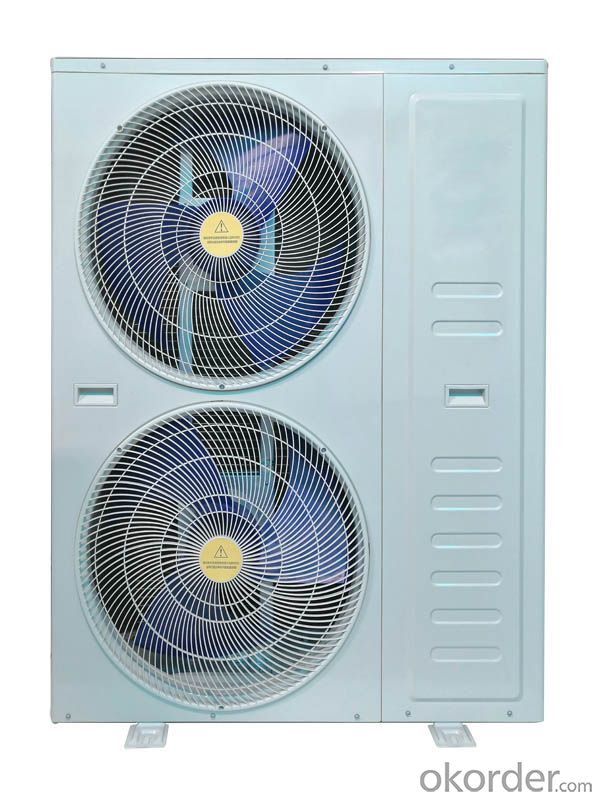
- Q: Can an air pump be used for pumping liquids?
- No, an air pump is not designed to pump liquids. Air pumps are specifically designed to move air or gases, not liquids. They work by creating a vacuum or pressure difference to move the air molecules. Attempting to use an air pump for pumping liquids can damage the pump and may not be effective in moving the liquid. It is recommended to use a pump specifically designed for liquids, such as a water pump or a chemical pump, depending on the type of liquid you need to move.
- Q: What are the different noise levels of air pumps?
- Air pumps can have varying noise levels depending on their design, quality, and brand. Generally, air pumps produce a certain level of noise due to the mechanical components involved in their operation. However, the noise levels can differ significantly from one air pump to another. Some air pumps are designed to be ultra-quiet, producing minimal noise during operation. These pumps often incorporate advanced noise-reduction technologies such as soundproofing materials, vibration dampening mechanisms, or specialized motors that operate quietly. These pumps are ideal for environments where noise is a concern, such as offices, bedrooms, or aquariums located in living spaces. On the other hand, there are air pumps that produce a moderate level of noise. These pumps may not have the same noise reduction features as the ultra-quiet models but still offer reliable performance. They are commonly used in areas where noise is not a significant concern, such as workshops, garages, or outdoor ponds. Lastly, some air pumps can generate a high level of noise during their operation. These pumps are typically older models or lower-quality options that lack noise-reducing features. They may produce a noticeable hum or vibration, which can be disruptive in quiet environments. These pumps are commonly found in industrial settings or in situations where noise is not a primary concern. It's important to note that noise levels are subjective, and what may be loud for one person may be tolerable for another. When choosing an air pump, it's advisable to consider the noise level that suits your specific needs and the environment in which it will be used. Reading product reviews, checking noise specifications, or consulting with experts can help in determining the noise level of different air pump models before making a final decision.
- Q: Can an air pump be used for inflatable party favors?
- Yes, an air pump can be used for inflating party favors.
- Q: Can an air pump be used for inflatable yoga mats?
- Indeed, inflatable yoga mats can indeed be utilized with an air pump. Generally, these mats are equipped with a valve that enables inflation and deflation. Employing an air pump makes it effortlessly achievable to inflate the mat to the desired level of firmness. It is crucial to verify that the air pump possesses the correct nozzle attachment for the valve on the yoga mat to guarantee a secure and efficient inflation procedure. Furthermore, it is advisable to adhere to the manufacturer's instructions or guidelines accompanying the inflatable yoga mat to ensure a proper inflation and utilization.
- Q: Are air pumps compatible with different valve types?
- Yes, air pumps are generally compatible with different valve types. Most air pumps come with different nozzle attachments or adapters that can be used to inflate various valve types including Presta, Schrader, and Dunlop valves. These adapters can usually be easily switched out or adjusted to fit the specific valve type you are using. However, it is important to note that not all air pumps may have the necessary adapters for all valve types, so it is always a good idea to check the product description or consult the manufacturer's instructions to ensure compatibility.
- Q: Can an air pump be used for inflatable theater sets?
- Yes, an air pump can be used for inflating theater sets. Air pumps are commonly used to inflate various types of inflatable structures, including theater sets. They provide a quick and efficient way to inflate large-scale props and backdrops, allowing for easy setup and reusability.
- Q: Can an air pump be used for aeration in artificial lakes or ponds?
- Yes, an air pump can be used for aeration in artificial lakes or ponds. Aeration is the process of increasing the oxygen levels in the water, which is essential for the health of aquatic organisms and the overall ecosystem. An air pump, also known as an aerator, is designed to pump air into the water, creating bubbles that help oxygenate the water. This can be particularly beneficial in artificial lakes or ponds where the natural processes of aeration may be limited. By using an air pump, the dissolved oxygen levels in the water can be increased, promoting the growth of healthy aquatic life and preventing issues such as fish kills or algal blooms. Additionally, aeration can also help to prevent the accumulation of harmful gases, such as carbon dioxide, in the water. Overall, using an air pump for aeration in artificial lakes or ponds is an effective and commonly used method to maintain a balanced and healthy aquatic environment.
- Q: Can an air pump be used for inflating air mattresses?
- Indeed, air mattresses can be inflated using an air pump. These pumps are specially crafted to deliver a consistent flow of air into diverse inflatable items, including air mattresses. They are available in various forms, such as manual foot pumps, electric pumps, or pumps powered by batteries. Depending on the specific air pump, it may possess particular adapters or nozzles that can be utilized to match the air mattress valve. Opting for an air pump guarantees a faster and more effective inflation procedure in contrast to manual techniques like blowing air manually.
- Q: How does an air pump handle changes in air viscosity during inflation?
- An air pump handles changes in air viscosity during inflation by adjusting its pumping mechanism to accommodate the varying thickness or stickiness of the air.
- Q: Can an air pump be used for inflatable art installations?
- Absolutely! Inflatable art installations can certainly benefit from the use of an air pump. In fact, it is widely regarded as one of the most popular and effective tools for inflating large-scale art installations. By utilizing an air pump, artists can achieve a consistent and controlled airflow into the installation, resulting in a fully inflated structure that maintains its desired shape. The choice of air pump may vary depending on the size and intricacy of the installation, with options ranging from electric to manual pumps. Moreover, air pumps can be equipped with diverse attachments and nozzles to accommodate different types of valves, ensuring a secure and airtight inflation. Therefore, whether it's a colossal balloon sculpture, an inflatable installation, or any other form of inflatable art, an air pump is an indispensable tool for bringing it to life.
Send your message to us
Ultra-low temperature air energy heat pump 6P
- Loading Port:
- XINGANG
- Payment Terms:
- TT OR LC
- Min Order Qty:
- 1 watt
- Supply Capability:
- 1000 watt/month
OKorder Service Pledge
OKorder Financial Service
Similar products
Hot products
Hot Searches
